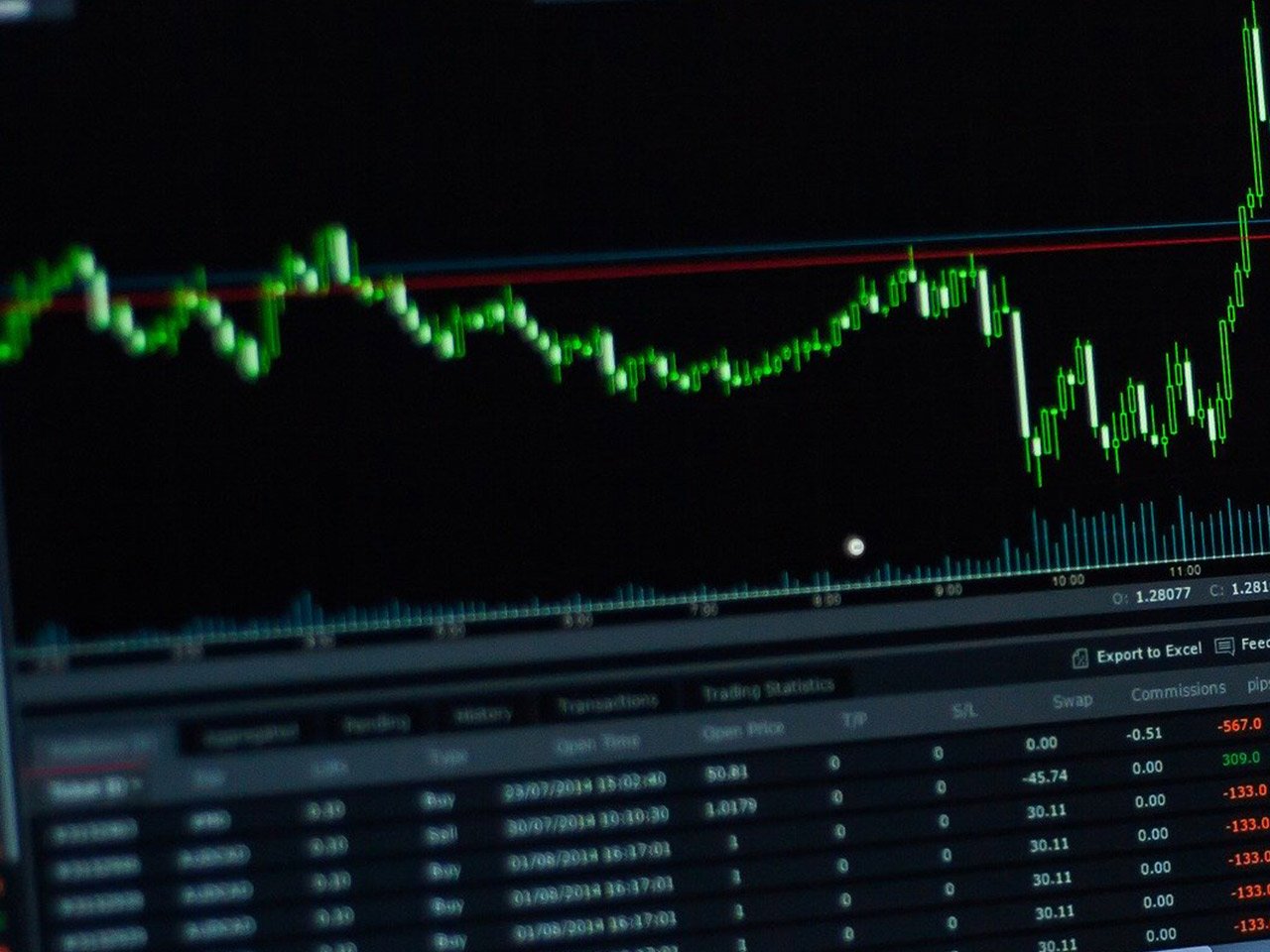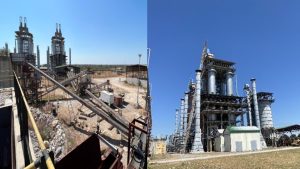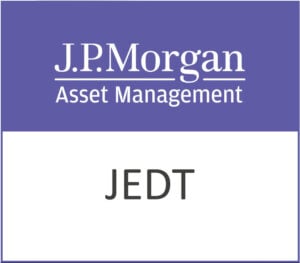BP PLC, a venerable name in the energy sector, remains at the forefront of the integrated oil and gas industry. Headquartered in London, the company has a storied history dating back to 1908, and today it plays a significant role in the global energy landscape. BP’s operations span a range of sectors including gas and low carbon energy, oil production, and customer-focused products. Despite the evolving energy market dynamics, BP continues to adapt by expanding into renewable energy sources like solar and wind power, alongside its traditional oil and gas ventures.
Currently, BP’s stock is trading at 423.2 GBp, reflecting a slight dip of 0.01% in the latest trading session. The company’s market capitalisation stands at a robust $65.9 billion, positioning it as a heavyweight in the energy sector. Over the past 52 weeks, BP’s share price has fluctuated between 331.70 GBp and 468.75 GBp, indicating a reasonable range of volatility that investors have come to expect in the energy markets.
One of the standout figures for BP is its impressive dividend yield of 5.82%. This figure is particularly attractive for income-focused investors seeking steady returns in a volatile market environment. However, the payout ratio of 754.09% raises questions about sustainability, suggesting that BP is returning more to shareholders than its current earnings support. This could be a point of concern for potential investors who prioritise long-term financial stability.
Analysts have mixed sentiments about BP’s future prospects. With five buy ratings, thirteen hold ratings, and one sell rating, the general consensus leans towards a cautious approach. The average target price of 434.30 GBp implies a potential upside of 2.62%, which, while modest, suggests some room for growth. The target price range of 347.89 to 518.63 GBp further underscores the potential volatility and uncertainty in BP’s stock movement.
From a technical perspective, BP’s stock is currently trading above its 50-day moving average of 387.90 GBp and its 200-day moving average of 395.92 GBp. The Relative Strength Index (RSI) of 39.60 indicates that the stock is nearing oversold territory, which could present a buying opportunity for investors with a higher risk tolerance. The MACD and signal line values also provide insight into the stock’s recent momentum and could merit closer scrutiny for those employing technical analysis.
Despite a slight decline in revenue growth of 1.30%, BP’s free cash flow remains robust at over $9.3 billion. This financial strength provides a buffer against market fluctuations and enables continued investment in both traditional and renewable energy projects. However, with a reported return on equity of only 2.05%, investors might question the efficiency of BP’s capital utilisation compared to its industry peers.
BP’s forward P/E ratio is notably high at 856.26, which may deter value investors looking for stocks with more favourable valuation metrics. This figure suggests that the market has priced in significant future growth, possibly reflecting optimism about BP’s transition towards more sustainable energy solutions.
As BP navigates the dual challenge of maintaining its legacy oil business while investing in green energy, investors will need to weigh the potential for future growth against the current financial metrics and market conditions. The company’s commitment to evolving its business model in line with global energy trends will be crucial in determining its long-term success and appeal to investors.










































